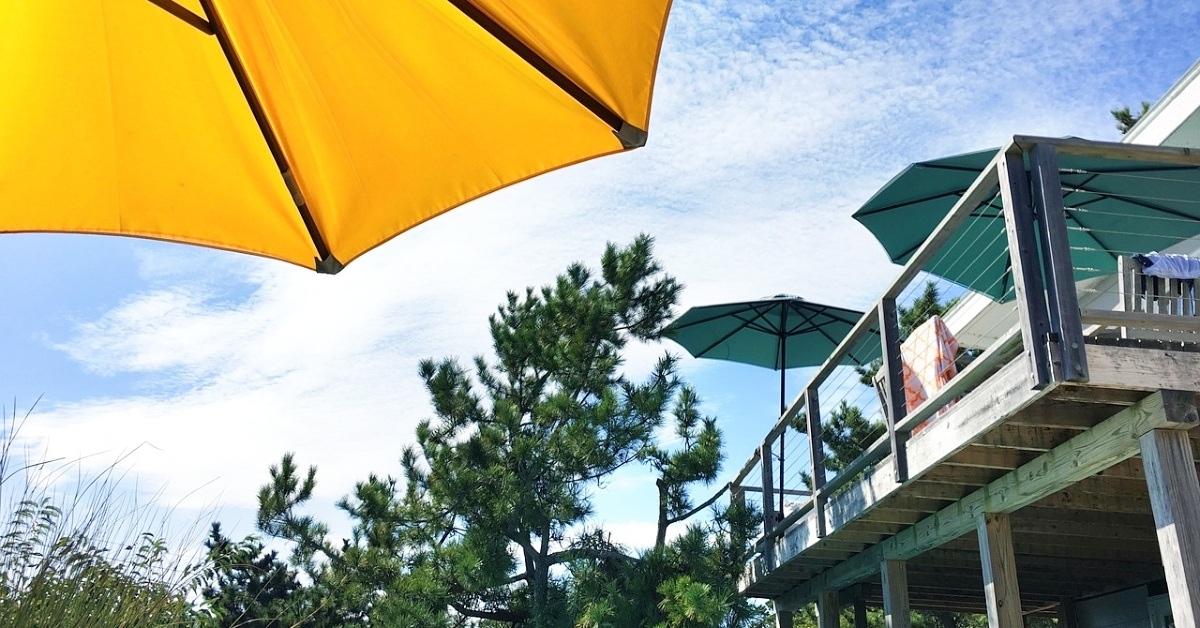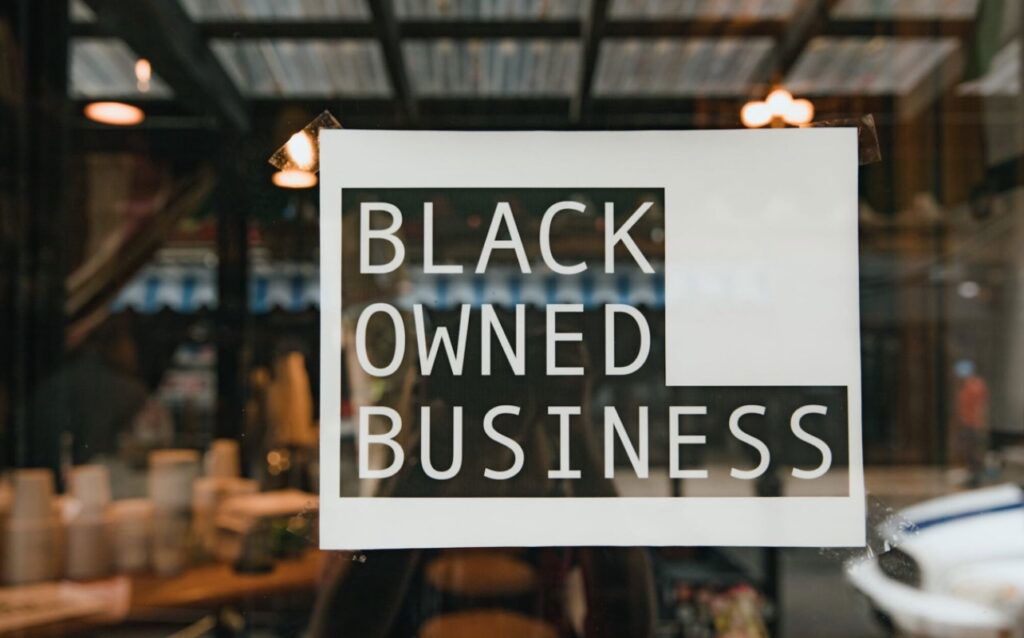Before It Was a Party, It Was a Protest: The Real Story of Fire Island
There is an entire island dedicated to the gays — kind of. Fire Island flexes its status as a top-tier LGBTQIA+ haven, drawing queer travelers from across the globe to its sun-kissed dunes and quaint hamlets. What started out as a discreet retreat for Broadway insiders, has transformed to include outlandish drag spectacles and art [...] Read More... from Before It Was a Party, It Was a Protest: The Real Story of Fire Island The post Before It Was a Party, It Was a Protest: The Real Story of Fire Island appeared first on LBS.


There is an entire island dedicated to the gays — kind of. Fire Island flexes its status as a top-tier LGBTQIA+ haven, drawing queer travelers from across the globe to its sun-kissed dunes and quaint hamlets. What started out as a discreet retreat for Broadway insiders, has transformed to include outlandish drag spectacles and art residencies.
The 2022 rom-com “Fire Island” brings its storied past full circle. Directed by Andrew Ahn and written by Joel Kim Booster, “Fire Island” follows a group of gay friends navigating love, classism, and friendship during a weekend getaway to the island. “Fire Island” star Conrad Ricamora described the destination as “magical.” “We take that for granted when we live in New York so I am excited for (the film) to gather up everyone and tell them to check out this place,” Conrad told Wussy Mag. “It can be a magical escape and it’s a place to go with your chosen family.”
Thanks to the movie, there is renewed interest in the Island. The movie has ignited a fresh wave of interest in Fire Island. Many younger queer travelers may not yet know its legacy, and for those who have seen the film, the island has become a must-visit destination. Here’s what you need to know about Fire Island’s history — and how to experience its magic today.
Fire Island has been gay-friendly for a century.
Gay men and lesbians first flocked to Fire Island in the 1920s. They escaped Big Apple scrutiny for sun-soaked solace on the barrier island’s pristine beaches. After the 1938 hurricane cleared swaths of affordable land in Cherry Grove and the Pines, a burgeoning queer community claimed those dunes as their own, according to Them.
In the 1950s, Cherry Grove’s Community House rose as an arts hub, hosting theater productions, poetry readings, and drag performances that defied suburban conformity. In 1960, Esther Newton began her fieldwork for “Cherry Grove, Fire Island,” reinforcing the island’s role as America’s first openly gay and lesbian town. Meanwhile, architect Horace Gifford reshaped the Pines with minimalist, cedar-clad beach homes.
As the AIDS crisis struck in the ’80s, Fire Island refused to buckle. Residents organized grassroots health clinics, benefit galas, and mutual-aid networks.
There is plenty to do on Fire Island.

Fire Island is still poppin’ — nearly 100 years after it was established. Whether you crave sandy-day adventures, queer-centered culture, or late-night dance parties, there is an activity for everyone.
June brings Bear Week’s bear-friendly brunches and beach hangouts in Cherry Grove; July 4 marks the annual Invasion of the Pines parade, when drag royalty “storm” the Pines in protest-meets-pageant style.
Cherry Grove’s Community House still pulses with queer heritage — and this season it hosts pop-up exhibits celebrating island artists. Venture off-island to BAFFA Gallery in Sayville for “Light from Darkness,” then come back to catch rooftop open-mic nights at the Pines Pantry. For late-night vibes, Ice Palace in the Pines keeps the dance floor lit until dawn.
Did the “Fire Island” movie put this iconic destination on your radar? Comment below!
The post Before It Was a Party, It Was a Protest: The Real Story of Fire Island appeared first on LBS.












